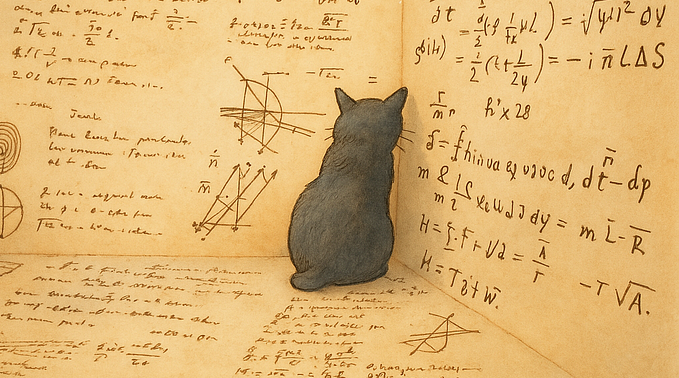
My latest publication included a new idea for the ideal engine. The proposed system converts mass to radiation with 100% efficiency and can use any form of matter as fuel. The engine is made of spacetime curvature, has no moving parts or surfaces that need to be refurbished after many years of operation.
Let me not keep you in suspense any longer: the engine is a black hole with a mass of a hundred thousand tons (HTT), abbreviated hereafter as `HTT black hole’.
If left to its own devices, a black hole of this mass would evaporate over 1.5 years by emitting Hawking radiation. However, by feeding it with 2.2 kilogram of matter per second, it is possible to compensate for its mass loss. This feeding rate is more than a human can eat but is easy to supply technologically. It is comparable to the water supply by the tank of a toilet when you pull the handle. For comparison, the Niagara Falls deliver 3,160 tons of water per second, a million times more than one needs here.
This HTT black hole system is the most efficient engine that I ever thought about. The fuel is converted to energy with the perfect efficiency of 100%, because any mass falling into the HTT black hole is ultimately coming out as Hawking radiation. I had a “Eureka moment” when I realized this a few weeks ago.
The other method for converting mass to radiation with 100% efficiency is matter-antimatter annihilation. However, for this alternative annihilation-based engine one needs a source of antimatter which is very scarce in the present-day Universe. The colliders at CERN produced over their history less than 10 nanograms of antimatter, containing only enough energy to power a 60-Watt light bulb for 4 hours. In comparison, the HTT black hole supplies 40 quadrillion Watts continuously! A quadrillion is 10 to the power of 15. The global electric power supply worldwide is a few tera-Watts, ten thousand times less than the power supply of this HTT black hole engine.
The other advantage of this black hole engine is that it can use any form of matter as fuel. In particular, it could be fueled by trash. There is no better way to recycle trash than convert it into clean energy with 100% efficiency. This engine can be viewed as an environmentally friendly recycling bin.
The big challenge is in manufacturing such a black hole. The good news is that it is easier to produce an HTT black hole than a baby universe, because it requires a much lower mass density. But any production line of the HTT black hole requires compressing matter or radiation to a mass density that is 60 orders of magnitude above the density of solid iron. The density of atomic nuclei or neutron stars is only 15 orders of magnitude above solid density. The required density for making HTT black holes was potentially reached in the cosmic radiation density, less than a femtosecond after the Big Bang, as I discussed in another paper this month.
This HTT black hole engine constitutes a new technosignature, in the spirit of a Dyson sphere, namely a technological feat that we are not capable of achieving. A different class of technosignatures involve technologies that we developed, such as radio communication, industrial pollution or artificial light. Traditional SETI focused mainly on this latter type.
The HTT black hole engine could be discovered in the form of a rogue, free-floating rocky planet which is illuminated by a black hole moon with no stellar-mass companion. Such rogue planets were discovered recently in microlensing surveys. If we ever find evidence for a highly luminous moon, we would need to consider the possibility that the source was created, or trapped as a primordial black hole, by a highly advanced technological civilization. There is no better marker of technological innovation than creating a furnace out of spacetime curvature in the form of a mini black hole.
Currently, there are a large number of startup companies aiming to make compact fusion reactors, by imitating the nuclear engine of stars. A mini black hole would be a more efficient engine than any of those by several orders of magnitude.
For the scientific paper, click here.
ABOUT THE AUTHOR

Avi Loeb is the head of the Galileo Project, founding director of Harvard University’s — Black Hole Initiative, director of the Institute for Theory and Computation at the Harvard-Smithsonian Center for Astrophysics, and the former chair of the astronomy department at Harvard University (2011–2020). He is a former member of the President’s Council of Advisors on Science and Technology and a former chair of the Board on Physics and Astronomy of the National Academies. He is the bestselling author of “Extraterrestrial: The First Sign of Intelligent Life Beyond Earth” and a co-author of the textbook “Life in the Cosmos”, both published in 2021. His new book, titled “Interstellar”, was published in August 2023.









